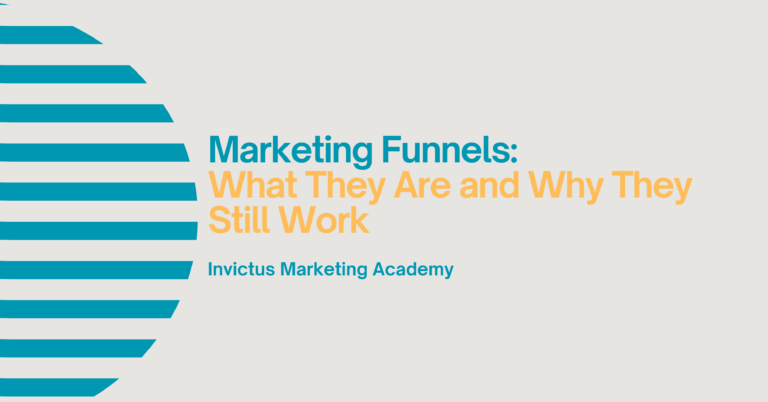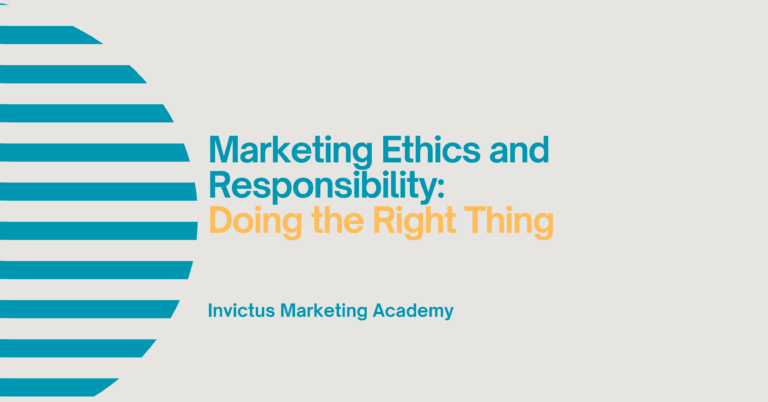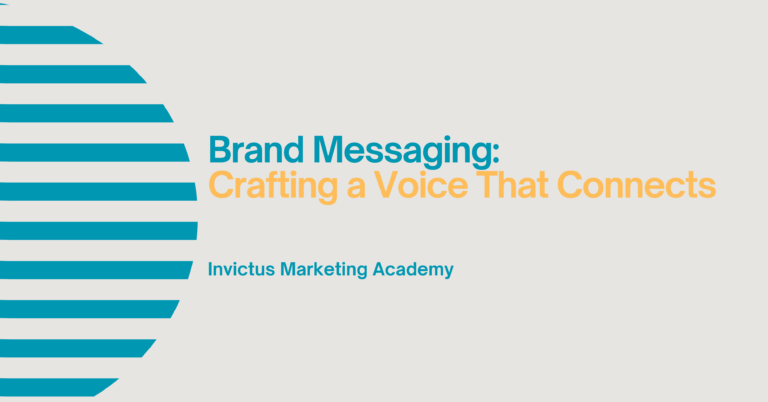Lead Magnets: What They Are and Why People Actually Download Them
If you want to grow your email list, attract qualified leads, or start building trust before a sale — you need more than just a “Subscribe Now” button. That’s where lead magnets come in.
A lead magnet is a free resource or incentive you offer in exchange for someone’s contact details, usually an email address. But not all lead magnets are created equal. Some are downloaded eagerly. Others sit untouched, ignored, or instantly forgotten.
So, what separates a good lead magnet from a throwaway PDF? Relevance. Value. Clarity. And timing.
In this article, we’ll explore what lead magnets really are, how they work, and what makes people actually want them — not just see them.
What Is a Lead Magnet?
A lead magnet is a free offer designed to capture leads — usually by providing something useful, insightful, or interesting in return for a visitor’s information.
It’s called a magnet because it attracts — drawing the right people toward your brand and beginning a relationship.
Typical lead magnets include:
- Ebooks or guides – Offer in-depth advice or insights on a topic your audience cares about.
- Templates or checklists – Provide ready-to-use resources that save time or improve accuracy.
- Webinars or free workshops – Give value through live or recorded teaching.
- Quizzes or assessments – Help people understand something about themselves or their business.
- Discounts or trials – Encourage a low-risk introduction to your product or service.
But a lead magnet isn’t just a download — it’s a promise. A promise of value, relevance, and helpfulness. If it doesn’t deliver on that promise, trust is lost.
Why Lead Magnets Matter
Lead magnets are often the first step in converting a stranger into a customer. They allow you to:
- Start relationships – Most people won’t buy on their first visit. A lead magnet gives you permission to stay in touch.
- Build trust – When your free resource is genuinely useful, people begin to see you as credible and generous.
- Segment your audience – Different magnets can attract different personas, helping you personalise follow-ups.
- Guide the buyer journey – A strong lead magnet can move someone from awareness to consideration faster.
- Grow your email list ethically – Instead of buying lists or cold contacts, you’re building an audience that chose to hear from you.
Done well, lead magnets create a win-win: your audience gets value; you get attention and data.
What Makes a Lead Magnet Work?
Not all lead magnets convert. To be effective, yours needs to stand out, feel relevant, and offer instant value.
1. It solves a specific problem
People download lead magnets because they want help — not just more information.
Focus on a clear, narrow issue that your audience is trying to solve right now. Broad or generic titles rarely convert.
Example:
“How to Plan a Year of Social Content in One Day” is more enticing than “Marketing Tips for Small Businesses”.
2. It delivers immediate value
People should feel the benefit within minutes of opening or using your magnet.
Avoid overlong documents or vague explanations. Give them something practical, usable, or transformative — fast.
Example:
A budgeting spreadsheet they can start using today is better than a 30-page whitepaper on financial theory.
3. It feels low-friction and low-risk
The more you ask for upfront (long forms, account creation), the fewer people will convert.
Ask only for essential details — usually just name and email. Avoid unnecessary steps or commitments.
Tip: Make your lead magnet sound like a shortcut, not a chore.
4. It reflects your expertise
A lead magnet is a taste of what it’s like to work with you or use your product.
Make sure it reflects your tone, your values, and your unique point of view. It should build confidence in your brand.
Example:
If you sell SEO software, your magnet might be a one-page site audit checklist that shows people you know what you’re doing — and why your tool might be the next step.
5. It leads logically to your paid offer
The best lead magnets are aligned with what you sell. They’re not a detour — they’re a step closer.
A mismatch here leads to unsubscribes or confusion. Make sure the freebie naturally sets up your product, service, or next action.
Example:
If you offer copywriting services, your lead magnet might be “10 High-Converting Headline Templates” — not a general productivity guide.
Formats That Work Well (With Context)
Here are some popular lead magnet types — and when to use them.
- Checklists – Simple, quick-reference tools for people short on time or new to a topic.
- Mini guides – Great for educating people who are in the consideration phase and want to understand their options.
- Email courses – Useful when you want to nurture a lead over time and showcase deeper expertise.
- Worksheets or planners – Help people take action and feel organised.
- Industry reports or stats packs – Effective in B2B settings where data informs decisions.
- Quizzes or self-assessments – Highly engaging and interactive — they also give you useful insight for follow-up emails.
- Swipe files or templates – Great for creative industries — offering inspiration and time-savers in one.
Choose your format based on what your audience needs most — information, clarity, motivation, or tools.
Where Should You Promote Your Lead Magnet?
It’s not enough to create a great resource — you need to place it where people will see it, and at the right time in their journey.
Common places to promote:
- Your website homepage or blog – Especially on high-traffic or high-ranking pages.
- Pop-ups or exit intent windows – Used sparingly, these can work well when matched to relevant content.
- Landing pages – Create focused pages with one offer and one action.
- Social media – Promote your magnet as a post, reel, or pinned tweet — especially if it’s visually strong.
- Email signatures – A subtle but consistent way to offer value in everyday interactions.
- Ad campaigns – Use paid traffic to drive new audiences into your funnel through a lead magnet.
Wherever you promote it, make sure the offer is clear, the benefit is obvious, and the action is easy.
A Practical Example: A Virtual Assistant’s Free Resource
Let’s say you’re a freelance virtual assistant trying to grow your email list and attract leads.
Instead of offering a generic PDF, you create a downloadable tool called:
“The Weekly CEO Dashboard: A One-Page Template to Organise Your Business”
- It’s a checklist and editable template, designed for overwhelmed founders who want more clarity in their week.
- You promote it via a LinkedIn post with a real story: “This is the exact dashboard I created to help a coaching client go from chaos to calm.”
- Once downloaded, the recipient receives a three-part email series showing how the dashboard works and offering a free discovery call to see how you can customise it for them.
It’s practical. It’s aligned with your services. And it positions you as a problem-solver from the very first touchpoint.
In Summary
Lead magnets still work — but only when they’re genuinely useful, clearly positioned, and strategically aligned with your offer.
The goal isn’t just to get an email address. It’s to start a conversation. Build trust. Offer help. And open the door to a longer-term relationship.
So before you publish your next freebie, ask:
- Does this solve a real problem?
- Is it easy to use and clearly explained?
- Does it reflect what I offer and who I serve?
Because when your lead magnet is right — people don’t just download it. They remember you for it.





